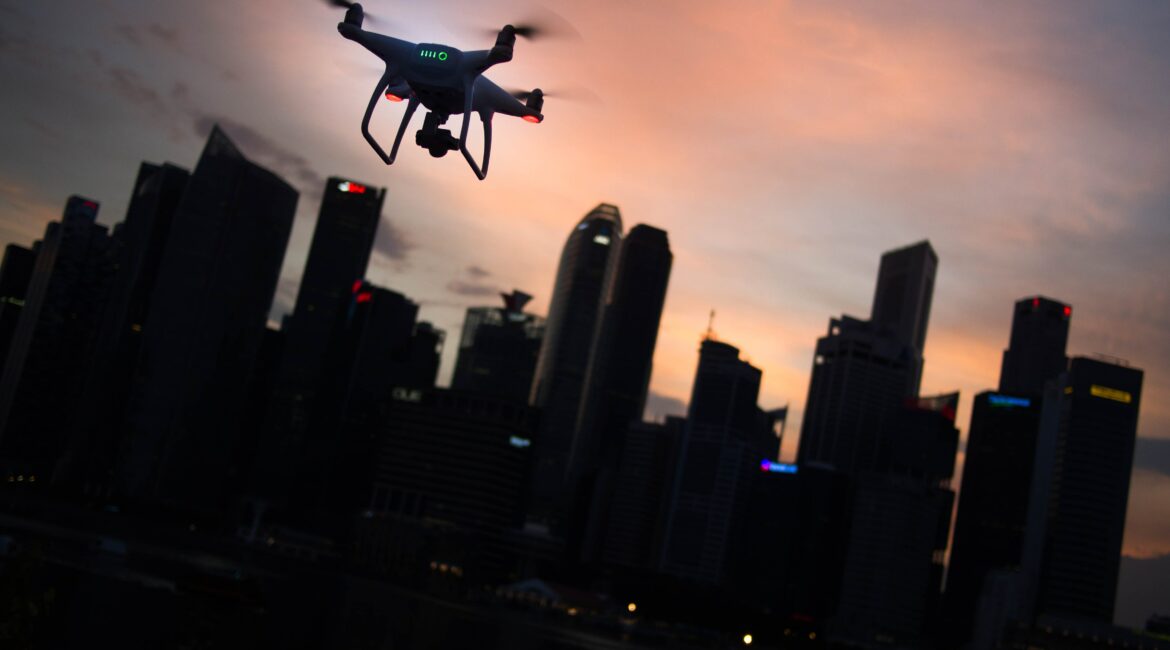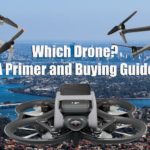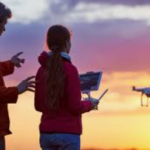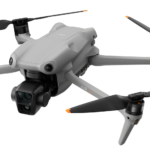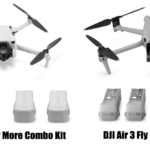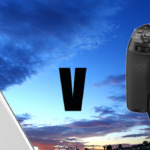The second part of my discussion with Mahmood Hussein from Global Drone Solutions moved into the areas of courses for drone pilots. And this turned into a bit of a mine field on the surface, but once you understand the processes, it all does make sense and fall into place.
As we had established, no licencing is necessary, although registration is recommended (but not mandatory at this stage) to fly recreationally. But there are certain restrictions on where, how and what you can fly. To reiterate (if you missed Part 1), these include:
- The drone must be less than 2Kg in weight.
- Maximum height to fly is 120 metres.
- The drone must always be in line of sight.
- You must not fly within 30 metres of people (excluding spotters / the operator)
- Must not fly over groups of people eg sporting events, concerts.
- Must stay away from airports and airfields (min 5.5Km)
Many drones have “geofencing” built into them to avoid “no-fly” areas, and some even have electronics that alert them to locally flying aircraft advising you to land.
At the end of the day of course, it all boils down to common sense. Those that choose to ignore these rules are susceptible to heavy fines by the way.
The Next Step
So knowing all that, if you want to take the next step and say, wish to fly further than the “line of sight” rule, or at night say, what certification and training do you need to be able to this?
It’s not quite a simple as just doing course A or B as it turns out.
As Mahmood Hussein explained, firstly CASA deems you need to either be a fully licenced operator in the same way QANTAS or smaller commercial operators such as say crop duster or joy flight companies are. Alternatively, you can fly under the auspices and control of such a company.
To be an operator, there is a special certificate called a Remotely Piloted Aircraft Operator’s Certificate (ReOC) and this allows you to operate as a drone service provider for hire. Note the key phrase here is “operate as”. It does not mean you can physically fly, just gives you the licence to fly commercially, and hire other pilots.
To actually fly, you must also have a Remote Pilot’s Licence (RePL). This allows you to go beyond the stage of a recreationally flyer by flying bigger drones, but there are still restrictions in the licence by itself. For example, a farmer who has an RePL can fly over his / her own land for the purposes of crop or livestock inspections, land surveying or even carrying cargo if the drone allows it.
But to allow you go that extra mile Mahmood tells me, you need to fly under the control of a ReOC holder as mentioned. This means you can fly outside of your own property, with a drone over 2Kg, and for reward.
But even then, there are restrictions he explains. If you wish to be able to fly out of line of sight for example, you will need another certification called an AROC or Aeronautical Radio Operators Certification. And to fly at night you MUST get CASA approval for each flight.
So in summary, to answer the original question, in order to be fly out of line of sight and at night you need:
- To have a ReOC (Remotely Piloted Aircraft Operator’s Certificate) or operate under someone who has.
- To have an RePL (Remote Pilot’s Licence)
- To have an AROC (Aeronautical Radio Operators Certification)
- CASA approval for a flight at night.
Courses and Pricing
If we start with the RePL first, these courses are run by certified RePL trainers such as Global Drone Solutions. In their case, the course can either be taken in-house or online, and can also contain a component to get your AROC. If done in-house, they are taken over 5 days and include theory and practical assessments. On the other hand, if you choose to take the course online, this of course can be done in your own time, but must also include 2 days virtual classroom training via Zoom.
If you choose to do the RePL by itself, the price is AUD$1,495 when done online, and AUD$2,795 if done in-house. If you want to do the RePL AND the AROC together these prices are AUD$1,695 and AUD$2,995.
The ReOC is a bit more complicated as you have to already have the RePL, and involves you also get training as a Chief Remote Pilot before being briefed and trained on an in-depth CASA interview. I did go into some detail with Mahmood Hussein over this, but after going through copious notes, decided you might be better off to have a chat to the personnel involved at Global Drone Solutions.
I am guessing this level is probably a bit beyond the scope of my average reader and therefore any article to completely answer any questions will be much longer than the space allowed!
If you are in Western Australia, you can make direct contact on 0499226637 and speak to Ian Gomes or in other states, call 0487519145 and have a chat to James Hamilton.
Conclusion
I suspect the basic recreational drone flyer will read these articles and think, “why bother”. A lot of people enjoy their drone flying within the set boundaries of an under 2Kg drone eg line of sight, ceiling etc. Most people I have spoken to actually don’t WANT to go out of line of sight as they are not comfortable with that.
And for those folk, fair enough.
But there is a cohort who do push their drones to the theoretical limit. For example, my personal favourite drone, a DJI Air2s that I use to fly for the fun of it as well as the purpose of creating articles and training videos, has a theoretical range of up to 12Km, but there is no way I’d push it anywhere near that distance. (Losing a drone will do that to you!)
And others want to make use of their hobby for commercial purposes beyond those allowed without an RePL as discussed in my first article and interview with Mahmood Hussein.
This training and registration are mainly aimed at these people who do want to go beyond the basic boundaries.
And looking longer term and accepting there will be greater numbers of drones in the sky as their prices continues dropping and with capabilities getting more and more sophisticated, I can see it does make sense to be trained.
You wouldn’t drive a car or motor bike on the open road without a licence. Nor would you (or at least you shouldn’t) drive un-insured. And you definitely would not drive without lessons and knowing road rules.
The same applies to aircraft too for that matter.
A drone is an aircraft, and even a smaller one such as the DJI Mini 3 can cause immense damage if in a collision with another aircraft, or by hitting someone (I sport some scars on my left arm courtesy of a hospital visit following a rampant GoPro Karma drone that suddenly fired up while I was holding it).

